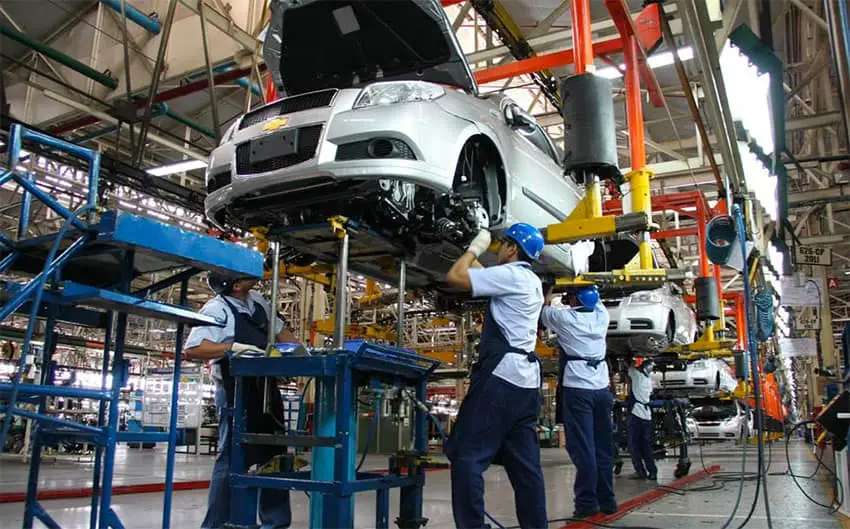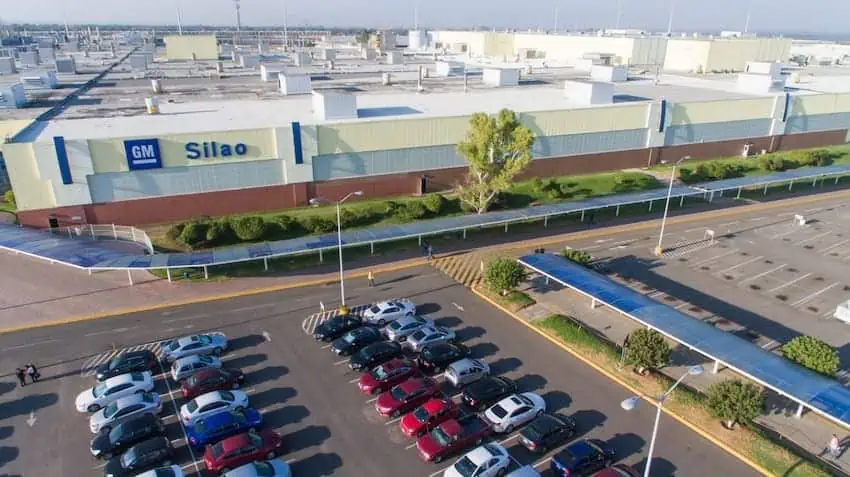Automakers in the United States are increasingly using Mexican-made auto parts, a sign of increased integration of the North American economy.
United States government data shows that the value of exports of Mexican-made auto parts to the U.S. increased 9.4% annually in the first four months of 2024 to reach a record high of US $28.37 billion.
Mexico’s share of the U.S. $66.26 billion market for auto parts imports between January and April increased to a record high of 42.8%, up from 42.5% in the same period of last year.
Compared to the first four months of 2014, Mexico’s auto part exports to the U.S. increased an impressive 80% in monetary terms and its share of the U.S. market rose by 8.7 points.
A range of Mexican auto parts companies, such as Katcon and Metalsa, as well as foreign ones that operate here, ship their products to the United States. Among the latter group are a growing number of Chinese auto parts manufacturers.
According to the United States International Trade Commission, the rules of origin for the automotive sector as set out in the United States-Mexico-Canada Agreement and tariff-free trade between the three signatories of the pact have contributed to greater integration of automotive production in North America.

Exports and imports of vehicles and auto parts account for more than 20% of the total value of trade between Mexico, the United States and Canada.
Vehicle production and exports also up
Data from Mexico’s national statistics agency INEGI shows that the production of light vehicles in Mexico increased 5.5% annually in the first five months of 2024, while exports rose 12.3% in the same period.
Automakers including General Motors, Ford, Nissan and Volkswagen made just over 1.65 million light vehicles in Mexico between January and May, up from 1.56 million in the same period a year earlier.
A total of 1.42 million light vehicles were exported from Mexico in the first five months of the year, up from 1.26 million a year earlier.

In May, light vehicle production in Mexico increased just under 5% to 365,574 units, while exports rose 13% to 310,655 units. Both figures were records for the month of May.
INEGI’s data also shows that the top five light vehicle manufacturers in Mexico in the first five months of the year were:
- General Motors: 361,203 units.
- Nissan: 279,887 units.
- Stellantis (Fiat Chrysler/Peugeot): 185,120 units.
- Ford: 169,369 units.
- Volkswagen: 169,262 units.
Those automakers were also the top five exporters of light vehicles from Mexico in the first five months of 2023, but Stellantis and Ford swapped positions.
With reports from El Economista
